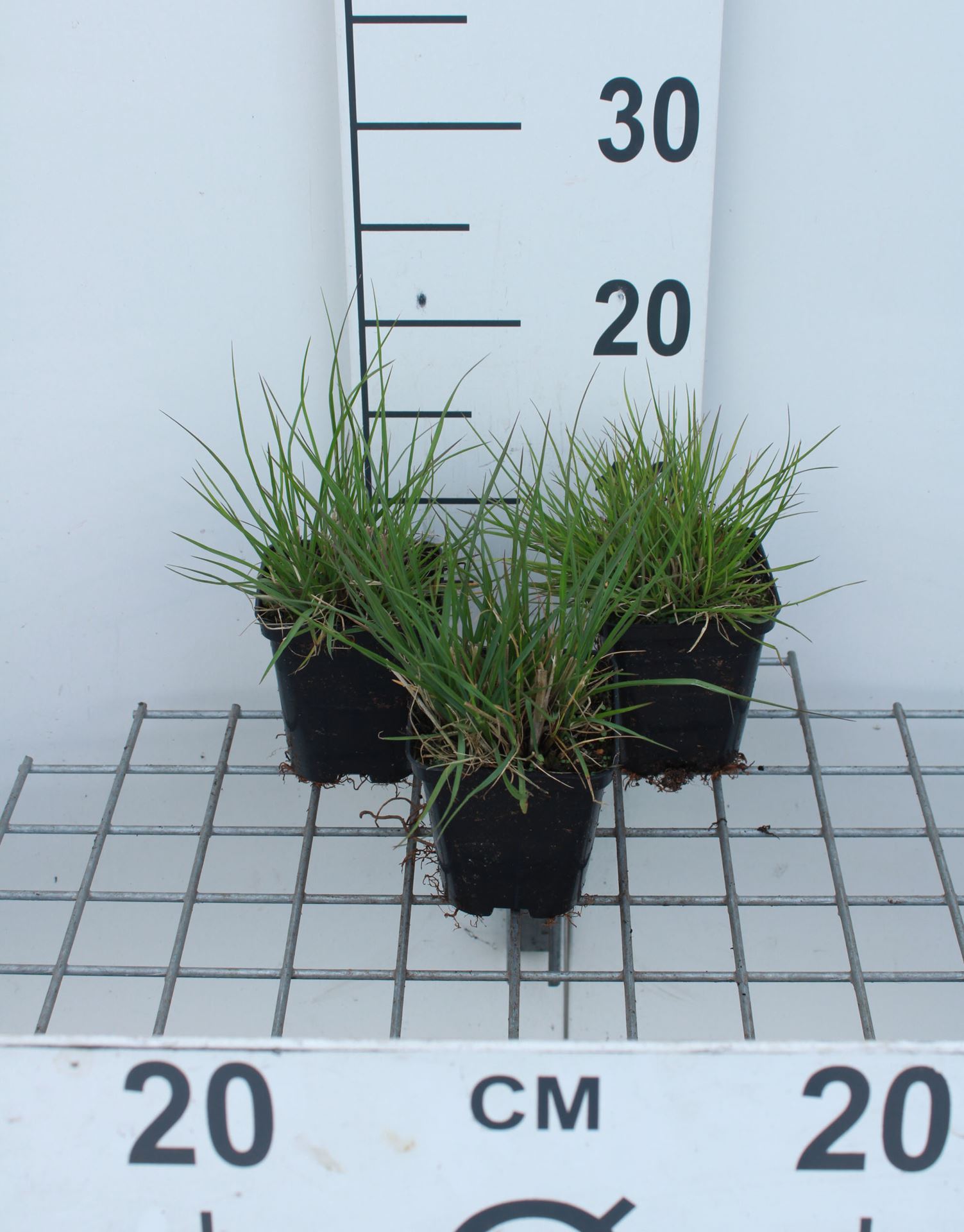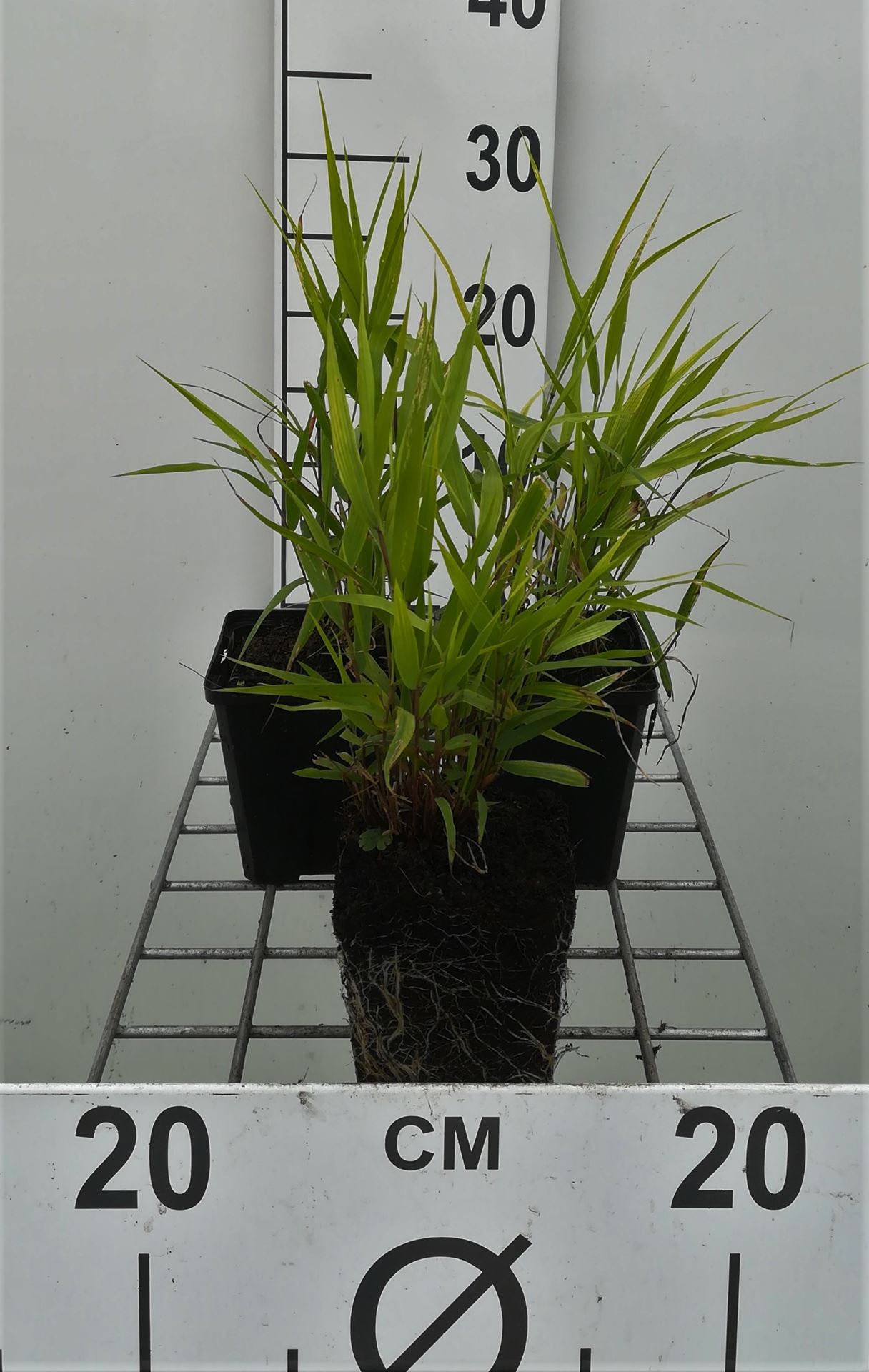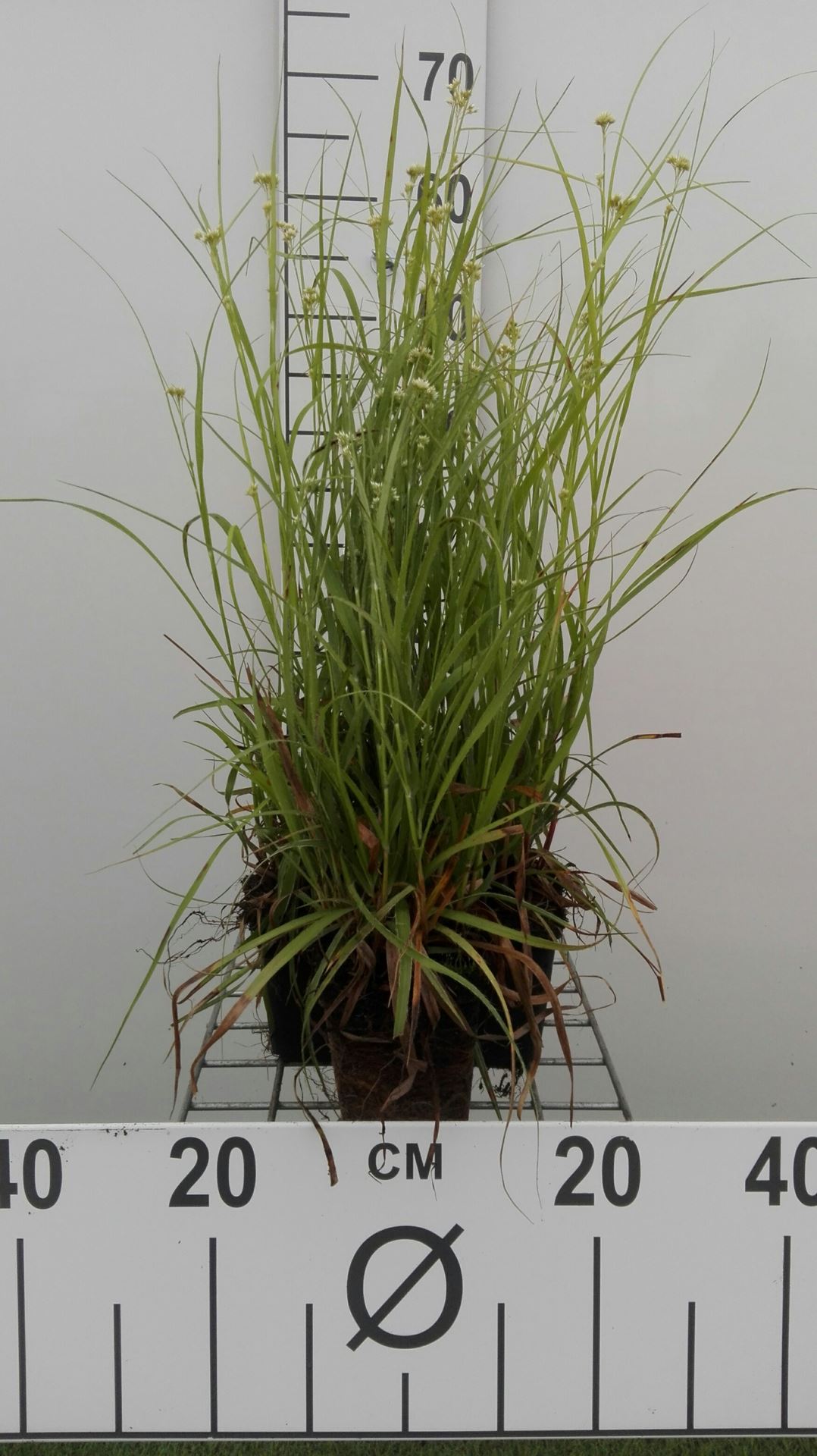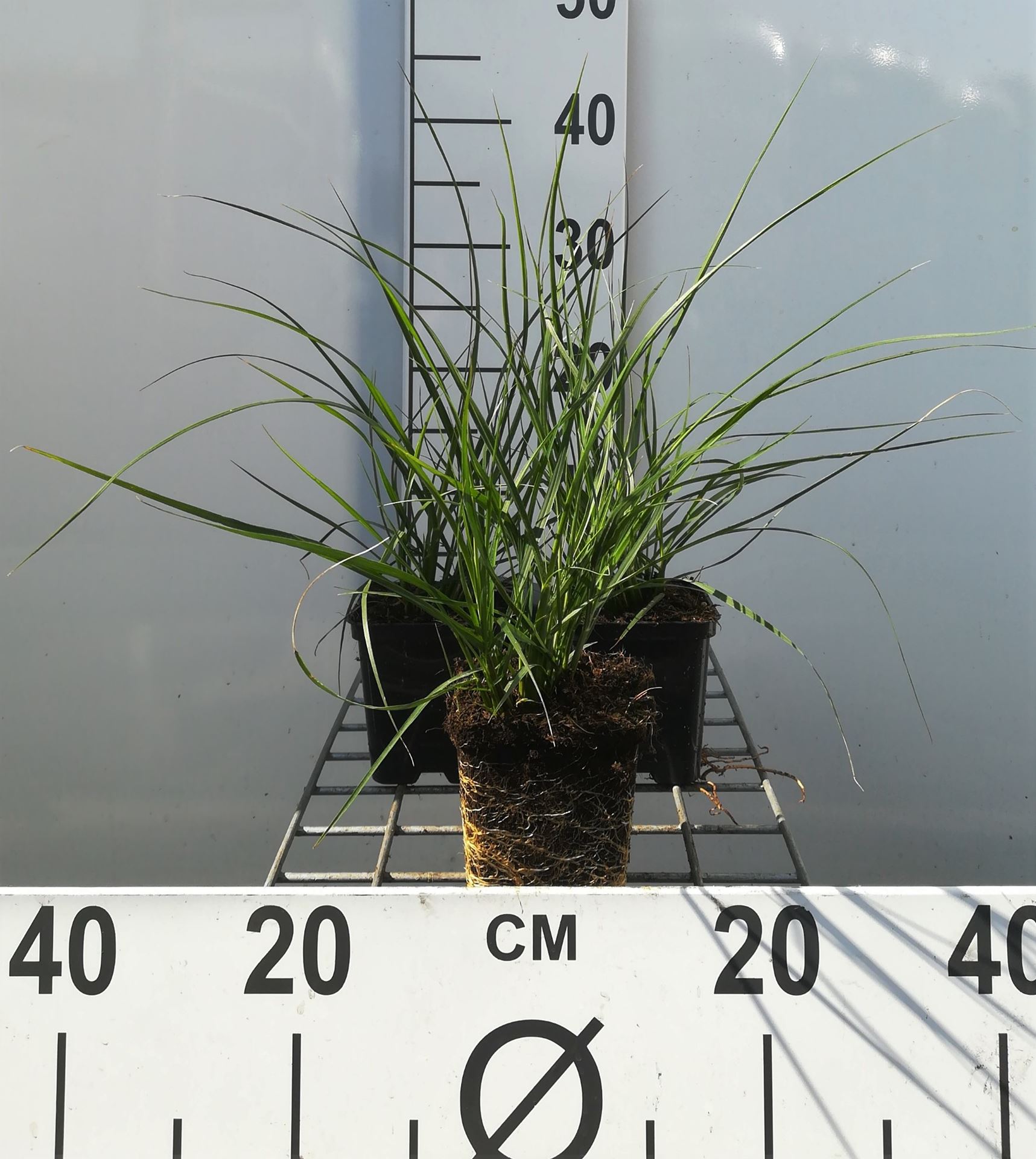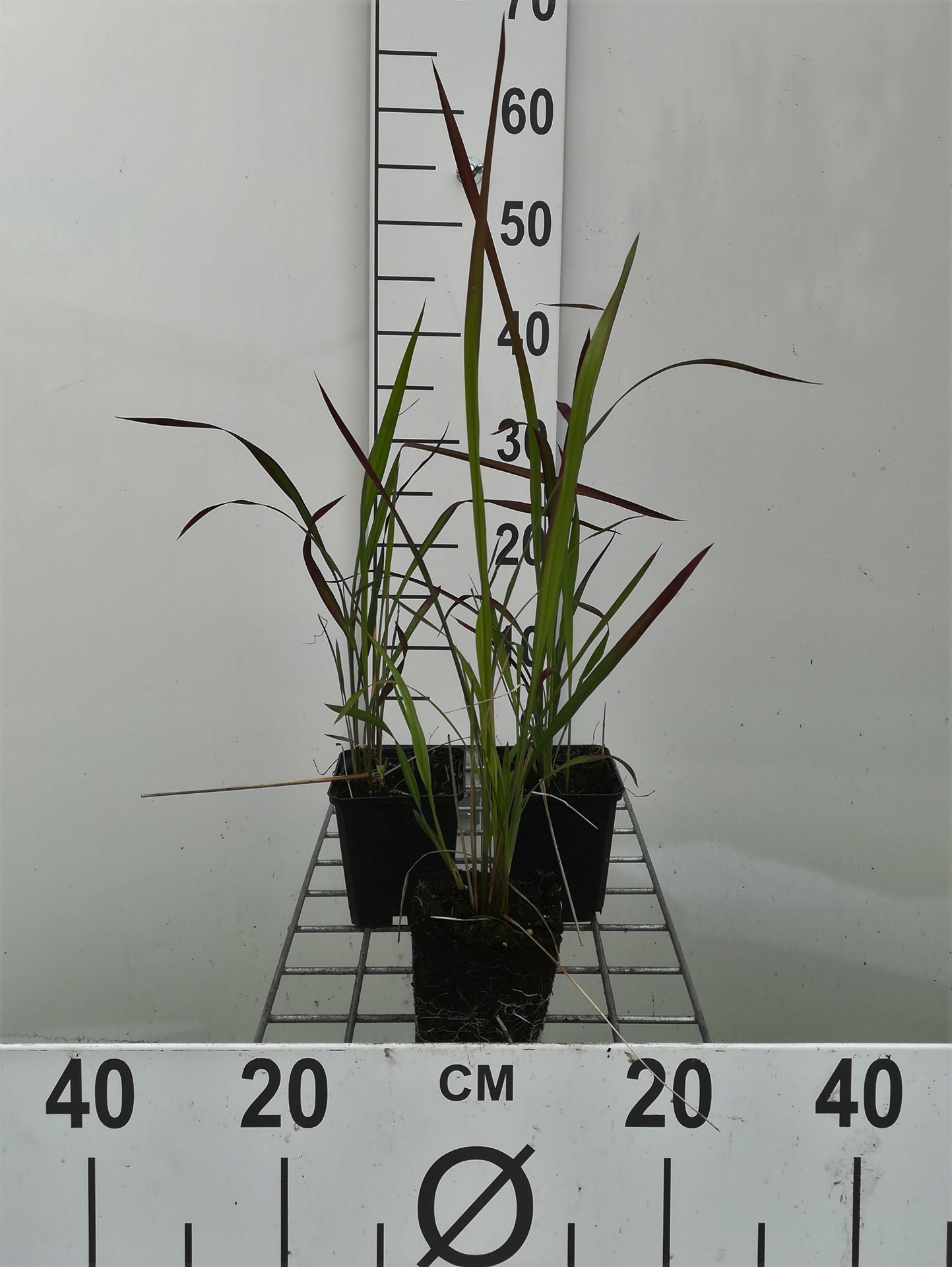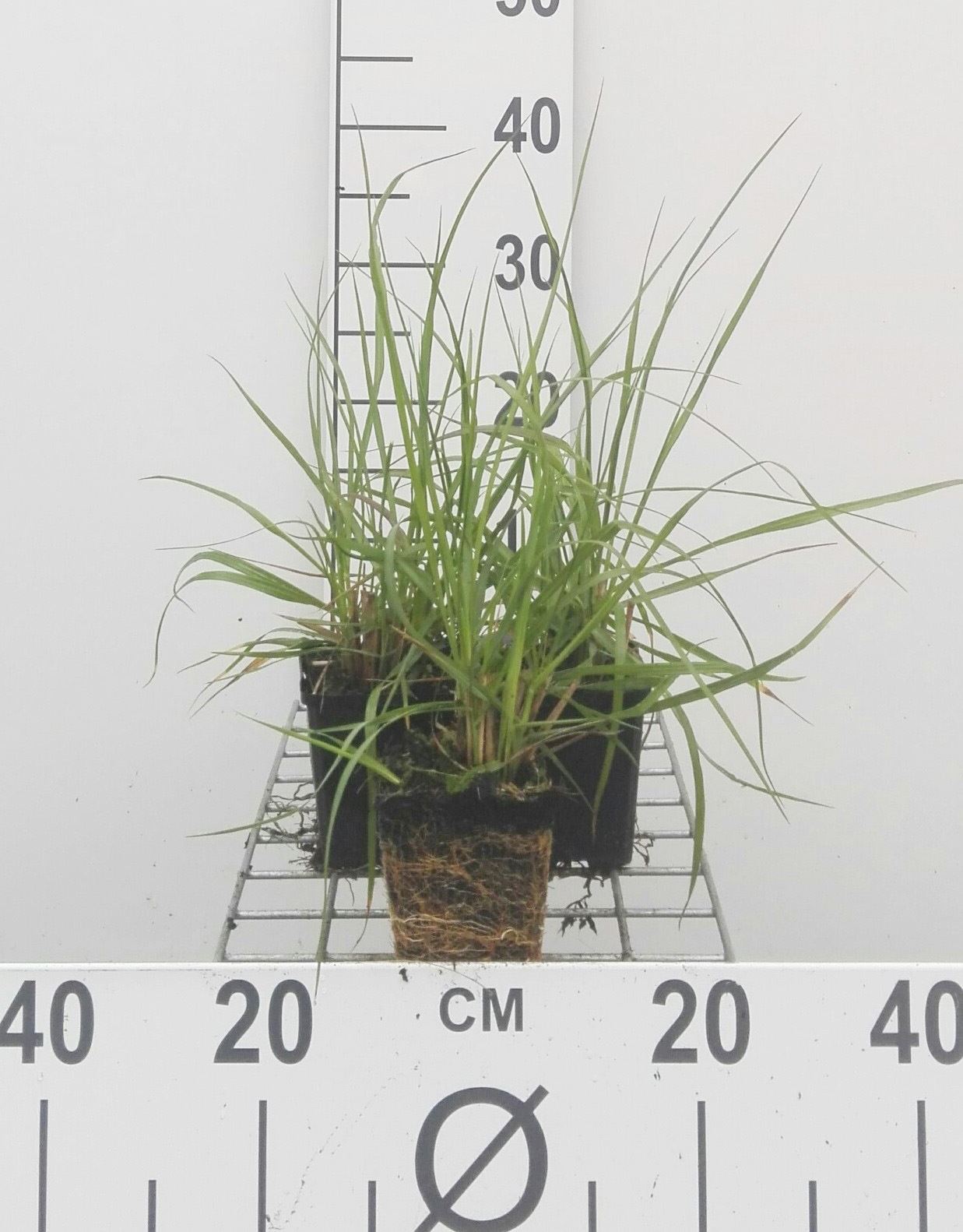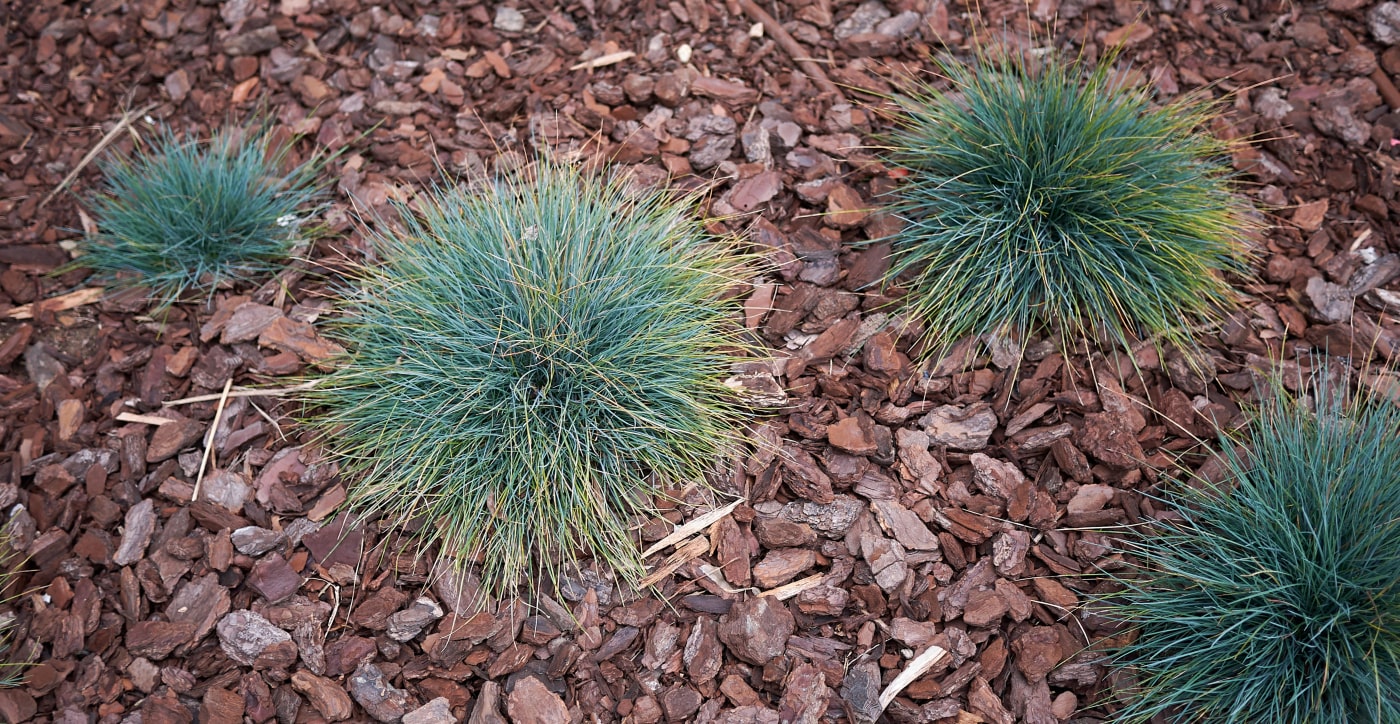
Top 10 ornamental grasses, part 1 medium-high grasses
Ornamental grasses look good in any garden, both in tight urban gardens and rural cottages. They are available in all colours and sizes. From graceful grasses with fine and delicate flower plumes to lush autumn colours. As an imposing eye-catcher or addition to the border. There is something for everyone. Moreover, ornamental grasses are easy to maintain, and in most cases you only need to prune them once a year. We have listed our five favourite medium-high ornamental grasses:
Symbol legend:
☀️ = sun 🌤️ 🌥️ = half-shade ☁️ = shade
1. Pennisetum
• Pennisetum alop. Hameln
Height: Stays quite low. In autumn the plumes have a height of ± 0.7 m.
Location:
☀️🌤️🌥️
Number per m²: ± 6 pieces or planting distance ± 40 cm
Pennisetum alop. Hameln is a strong variety of ornamental grass that requires little maintenance. It needs pruning only once a year, in March, to a depth of 10 to 20 cm from the ground. The leaves have a deep green colour and during the flowering period creamy white flower spikes appear. In autumn the leaves take on a beautiful golden-yellow sheen.
• Pennisetum alop. Little bunny
Height: One of the lowest pennisetum species. Becomes about 0,3 m high.
Location:
☀️🌤️🌥️ Beware of wind!
Number per m²: ± 7 pcs or planting distance ± 30 cm
The Little Bunny variety is smaller than the Hameln. It is a beautiful ornamental grass with green narrow and arching leaves. The Little Bunny looks beautiful in your border but is slightly less vigorous than its congeners. It is best not to combine it with other Pennisetum varieties. Otherwise you will end up with cross-pollination between the various species. From July to September it produces greenish-white flower spikes. In autumn the leaves turn yellow again. Cut it back in the spring to about 10 cm from the ground.
• Pennisetum alopecuroides
Height: Grows taller than ""Hameln"". Including spikes, it grows 1 to 1.5 m high.
Location:
☀️🌤️🌥️
Number per m²: 3 to 5 pieces
The classic Pennisetum grass is the largest variant of all of the above. Here too, the green leaves are narrow and arch shaped. Unlike the other species, flowering starts in August rather than July. Pennisetum alopecuroides will then bear green-yellow flower spikes that turn purple-brown in the autumn. The leaves also take on a yellow hue in the autumn. This ornamental grass should be cut back in the spring to 10 to 15 cm from the ground.
2. Imperata Cylindrica ‘Red Baron'
Height: 0.3 to 0.5 m
Location:
☀️🌤️🌥️ Watch out for (northerly) wind!
Number per m²: 7 to 9 pieces
This ornamental grass is a real eye-catcher in your border. Especially in summer, it shows its best side. Then its green leaves take on a fiery red colour because of the sun. Imperata rarely flowers in Europe. This ornamental grass does not require much maintenance; you only have to rid it of its old and dead leaves in the spring. There is, however, one disadvantage to this plant: it is sensitive to frost, especially in the first two years after planting. So pay extra attention during cold periods, and cover with a frost cloth if necessary.
3. Festuca Glauca Elijah Blue
Height: 0.15 to 0.3 m. Can also be used as ground cover
Location:
☀️
Number per m²: 9 to 11 pcs
This ornamental grass is notable for the deep blue shine of its leaves. In the flowering period, it produces creamy white flower spikes, and it retains its beautiful colour during the winter months as well. Remove the dead flower stems annually.
4. Hakonechloa Macra
Height: 0,3 to 0,5 m
Location:
🌤️🌥️
Number per m²:
6 tot 9 pcs
As the name suggests, this ornamental grass originates from Japan. Its long and green glowing leaves grow downwards. In the autumn they take on a beautiful reddish-brown colour. Remove the dead leaves in March so that new ones can form.
5. Luzula nivea
Height: 0,2 to 0,6 m. Can also be used as ground cover
Location:
☀️🌤️🌥️☁️
Number per m²:
5 to 7 pcs
Luzula Nivea grows in a carpet form, and bears narrow and glossy dark green leaves. During flowering, it develops striking white plumes. It retains its green colour during the winter. Prune it back annually in the spring so that it does not become overgrown.
Are you looking for tall ornamental grasses? 👇
More info? Receive all our gardening tips directly in your mailbox!
We'll only email you handy facts, green advice and our best promotions & discounts. You'll receive it about once a week and you can unsubscribe at any time. No spam, promise 🤞












